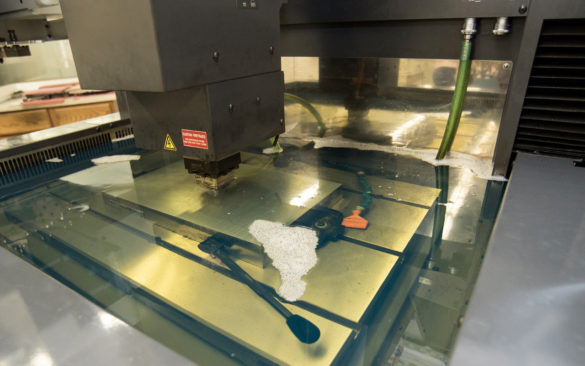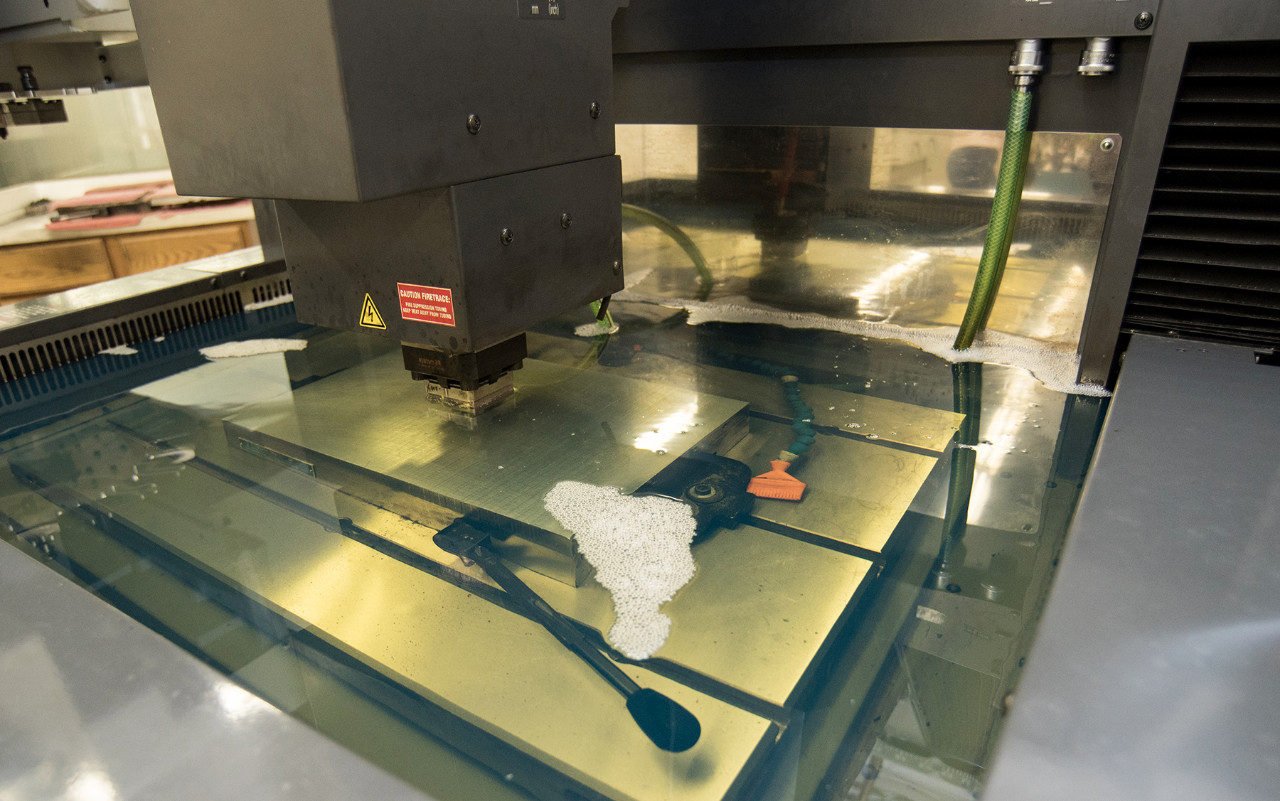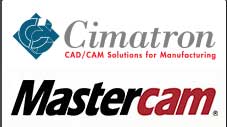 Injection molding sliders or lifters allow a part to be released from an injection mold by releasing it. Slides or sliders are used to release any external undercuts or recesses on the outer surface of a part that may prevent it from being removed from the mold cavity. On the other hand, lifters release internal undercuts and recesses as well as projections on parts’ inside surfaces.
Injection molding sliders or lifters allow a part to be released from an injection mold by releasing it. Slides or sliders are used to release any external undercuts or recesses on the outer surface of a part that may prevent it from being removed from the mold cavity. On the other hand, lifters release internal undercuts and recesses as well as projections on parts’ inside surfaces.
While sliders and lifters can be used to release injection-molded parts, they are not part of the mold. However, inserts that are manually placed into the mold and then removed when it is time for the part to be ejected can also be used. Part designers need to be aware that injection molding sliders, lifters and handloads are not the only consideration. Sliders and lifters are often used to increase part volumes, as these actions can add cost to molds.
How Do Injection Molding Sliders Work?
Injection molding sliders typically consist of a slider body, guide pin, slider, forming surface and wear plate. A locking mechanism is required to keep the slide in place when molding pressures exceed thousands of pounds per square inches (psi). To prevent warping, cooling channels for sliders are also employed. Sliders are typically purchased off-the-shelf and assembled by the mold maker.
The part is molded around features within the slider body during injection molding. Once the mold has cooled and opened, the slider body and guide pin move laterally from the part to allow it to be ejected. Different slide actions are available to drive this motion.
Slide Action Types
Cam pin slides, also known as horn pins or angle pins, are the most popular type of slide action. These slide actions have an angled guidepin that retracts from the slider body. This pin is attached to the stationary side and locks the slide in place using an angle block. The slider automatically returns to its original position when the mold is closed for the next cycle.
If pins are putting too much pressure on gibs that regulate the slide’s linear motion, hydraulic slides can be used. Locking hydraulic cylinders are an alternative if there are undercuts on the cavity side. These slider actions all have a delay built in to allow you to set the sequence of slide pulls.
How Do Injection Molding Lifters Work?
Injection molding lifters are composed of a pin- or blade-like lifting mechanism, an electronic ejector plate and a retainer. A block-like locking mechanism is also available. A lifter, unlike a slider that pushes an injection-molded part to one side of the machine, pushes it upwards and at an angle. The lifter moves in the same direction, but the ejector plate is perpendicular to it. To ensure that the part doesn’t stay on the lifter, the distance the lifter moves is determined by the internal undercut. An ejector pin can be used to control this. Hardened steel is used frequently because the lifter repeatedly enters and exits metal blocks. However, this type of steel can be quite expensive and requires machining.
Types of lifters
Injection molding lifters can be classified as either integral or non-integral. Non-integral lifers are two units, while integral lifters can be described as a single unit. In general, integral lifters can be used to mold smaller parts, while non-integral lifters can be used for larger parts.
You can also choose from a variety of shapes for your lifter. Cylindrical lifters are simpler and easier to make. T-shaped lifters have larger parts and require greater precision. Each lifter type has a mix of horizontal and vertical motion.
When to use Sliders and Lifters
While it is important to consider the location of undercuts when using sliders, handloads, or lifters, this is not all that important. Slides can be used to remove external undercuts, while lifters can be used to remove internal undercuts. This is common in high-volume injection molded parts production. Hand loads are cheaper for prototyping or low volumes, where it is not feasible to invest in automated devices.
Your molder must follow best practices. This includes using a low pressure mold close to your hand to minimize damage to your hands and using special fixtures to aid in the extraction of complicated parts.
Sourcing Made Easier – Get Your Next Project Started With Preferred Tool
Preferred Tool is your custom manufacturing operating system. Our DFM feedback provides designers with information about threads, undercuts and other parts that could affect the choice for a release mechanism. We also provide expert injection molding guidance to help you make the right decision. Preferred Tool can help you reduce your order volume and speed up your timelines. Preferred Tool is able to help you with your mold’s lifers, sliders, and hand loads.


